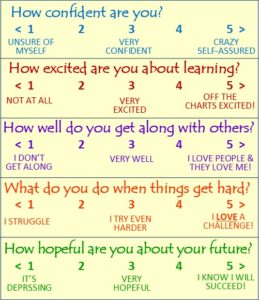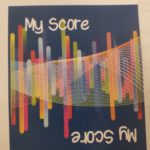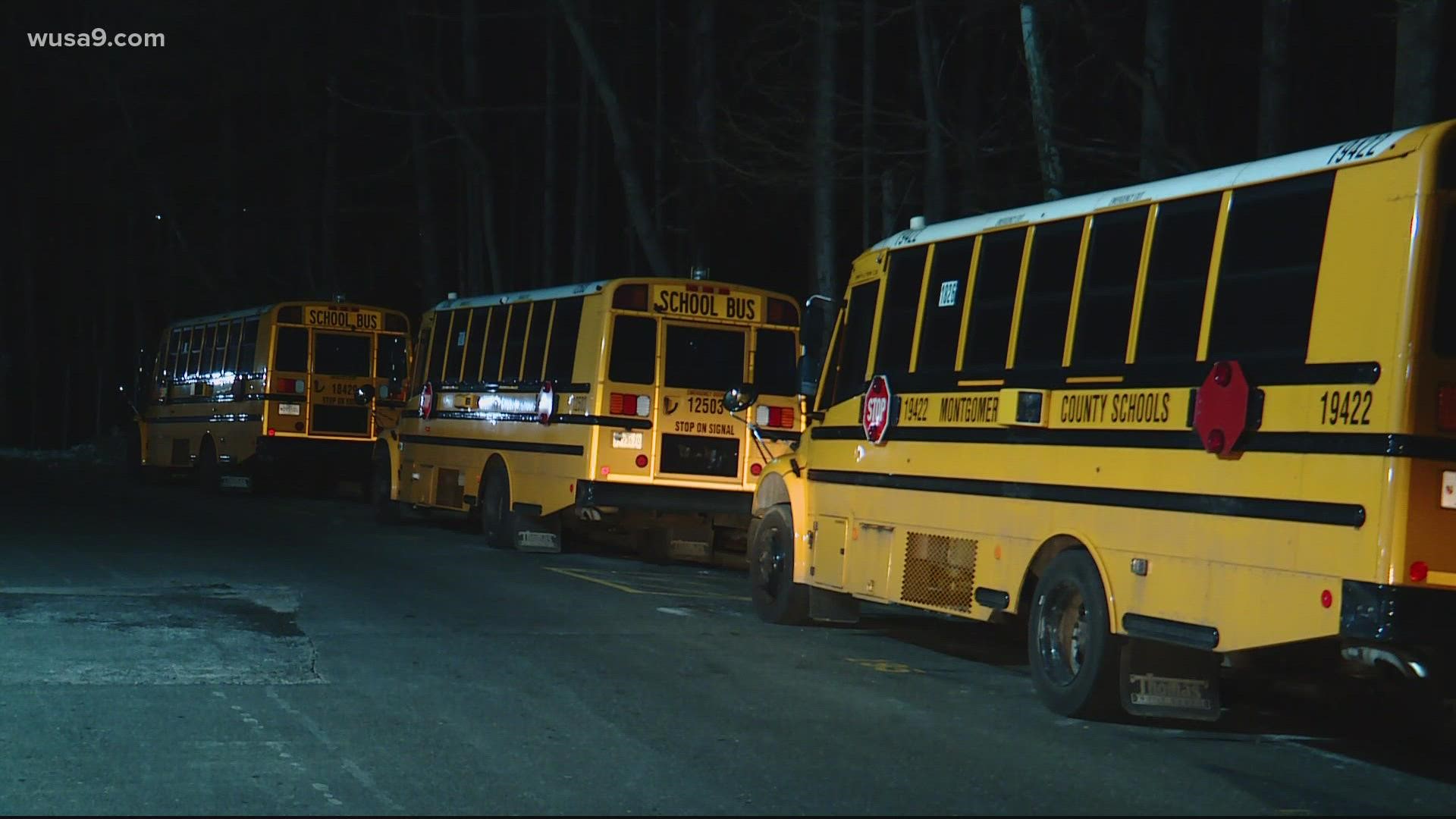
A former Superintendent of our local school district was such a big fan of evidence and transparency that he insisted that every school share a public report card. Go on to the school web site and you will see all the data, the graduation rate, the number of FARMS kids, the latest survey of the parents and their assessment of the school, how the teachers feel about the students and about school leadership. It is all very impressive until you realize that that there is one essential piece of data missing. No one is asking the students how they feel, about life, about the school, and about themselves!
Imagine a hospital that surveys the doctors and nurses and the visitors but did not bother to ask the patients? Imagine a university that neglected to survey the students experience? The missing piece is what school is all about, surely? But our educators are rightly preoccupied with restart and system recovery right now. Student views of their own needs are not exactly in that equation.
Since the return to in-person school, the message has gone out loud and clear that students are behind. We must test and test to see how far we need to make up. We need extra tutors and remedial math and all the rest. There are other headlines that alarm us with the news that students are having a mental health crisis. There are real concerns about depression and abuse and spikes in suicide rates that any educator or parent would be concerned about. But even here, no one is quoting much solid data about what students are thinking or feeling about their predicament. It is all defined and declared by the experts more intent on subject testing as the best measure of education. If there is SEL (Social Emotional Learning) evidence, it is mostly anecdotal.
Why is that?

Perhaps it is still the case that parents know best, or the educators are the best trained experts to assess progress. What does a kid know? He or she is just a kid-right? But if you are invested in a view of education that is emancipatory, if education is about teaching students more about how to learn than what to learn, then they might have something to say. Our students might have learned a few things from the pandemic that teachers have yet to catch up on. Some of it might even be good! Students may have picked up lazy or different learning habits that are contributing to our struggle to get back to some normalcy. We know for sure that teachers are struggling. They are making that known, loud and clear. Schools cannot find enough substitute teachers or even bus drivers. Unions are insisting on extra pay or extra days off. But when it comes to the students, they are more being talked about than being talked to. How sad.
Let’s face it. Regardless of dynamic ZOOM sessions, students have learned to learn without school. Their range of freedom to log in or log out, to show up or shut down, to do the homework or slack off, was never more expanded than during COVID. We had no virtual truancy officers but teachers know, 30-50% of their class went missing at times. Students could do what they wanted. Who was there to stop them, unless parents were vigilant at home to ensure their kids attended ZOOM classes? What working parent had time to do that? Well off kids had well resourced parents who could hire individual tutors. In some ways, they never had it better. But for normal and struggling families, COVID put the kids in charge of school. Think about the consequences of that.

Students returning to in-person school are returning to a regime of classrooms and schedules and tight rules of conformity that COVID once made irrelevant. We are calling it a mental health crisis, but who for? Mostly for teachers I suspect, who are addressing students once again compelled to classrooms, students who have become so used to freedoms and options never before imagined. Students are showing up in person but logging out, not showing up with their learning faces, much like they did on ZOOM.
In all this scramble to get back to school and get back to normal, no one is taking the time to ask the students how they think or feel. What did they learn when school was out? For all the obsession with social emotional learning, no one is asking on a consistent basis how they feel about themselves, their confidence, their excitement about learning, their coping skills to get along with others, or to deal with hardships and their sense of the future.

That is where MYSCORE comes in. MyScore you say? Yes, a simple instrument that we created 4 years ago to push back against the testing obsession and to say to students, we care about how you score yourself. Your voice matters, especially in the matter where only you are the expert, YOU. Only you are on the inside of you. We are asking students about what we call the 5C’s:
-how confident are you? (Confidence)
-how excited are you about learning? (Curious) ,
-how well do you get along with others? (Collaboration) ,
-what do you do when things get hard? (Courage)
-how hopeful are you about the future? (Career-Future Focus)
So you failed your math exam, how do you feel about you? Does that make you a failure? So you won the award for scholar of the month, how do you feel about you? Does that make you a success?
When what we measure is external, the reading scores, the math tests, the behavior that we document in class, the assignments handed in or not, we are making what seems a logical assumption that what we can see on the outside is the best predictor of what we assume is on the inside. Evidence based education is the norm. We have to see it to believe it. But SEL tells us that emotions write a different script altogether. What goes on inside is ultimately where success or failure is determined. What a student is telling themselves about themselves is critical. How come we have no access to that?

You failed your Math test but inside, you are a fighter and you readily accept the challenge to improve. Or you add the low test score to your low life score of being abandoned at 3, fostered 3 times before you reached 12. Another score of Fail is nothing unusual to your sense of how unfair life is. The inside story is much more self- determinative than what happens outside. What happens inside is what gives meaning to what happens outside.
You won the award, so shouldn’t you be proud? Yes, if it weren’t for the divorce or the food insecurity, or the motive to prove to my abusive Dad that I am not a loser. Test scores have become the gospel of education that are in danger of reducing the human to a number, a measure, a scale. Someone is 3 years behind in reading and someone is 2 years ahead in math. So? How does that in any way measure success in the endeavor to become a better human. Results never tell the whole story.

Urban myth says Einstein failed physics, and that Lincoln never got passed grade 3. But something within them propelled their life of learning into a quest to be the best. Why don’t we accept the lessons of our most favorite myths? Educating for curriculum is not the same as educating for character.
We are coming off a crisis in education which might have affected us more that it may have affected our kids. Would we be curious enough to test that idea? For us, COVID was an interruption of life’s trajectory, so no wonder we were upset. But for our kids, it is merely part of their growing up. It was the new “new” that teenagers wake up to every day. COVID has taught them something we did not learn. The kids will end up being mostly alright. They will manage, but we are flying blind. We are assuming what we know about them without even bothering to ask them. That is a recipe for disaster.

We have a modest data base from 2017-2019 from MySCore that gives us a benchmark to measure change. Before COVID, our challenge in asking students the 5C questions was that they were scoring too high, too early. How can we prove impact if most of them score 5 out of 5? In all 5 C’s before COVID, no C scored lower than 65% in high ratings. Most of our students were scoring themselves 3, 4, or 5 on Confidence, Curiosity, Collaboration, Courage and Career Future Focus. They were flying high.
This school year, we have administered MyScore to our local Middle School in December 2021 and February 2022. We have found that the 65% benchmark is now 45%. Many students have fallen off the cliff. The only two C’s where students have maintained high scores for themselves are Collaboration and Career- Future focus. Their confidence has dropped over 20% and their courage a similar amount, telling us plain and simple that they are not coping so well. But that might also mean not coping with school in its revived pre-covid format.
The most disturbing result is in C2, Curiosity, how excited are you about learning? Scores of upwards of 60% tell us they are NOT excited at all. We thought that with the start of school, the lessened COVID interference might stabilize the scores, and so, we were eager to administer MYSCORE again in February 2022. What we find is that the strengths remain, that collaboration is growing, and Career-Future focus has dropped only slightly, but Courage and their ability to cope has got worse. The lowest score is Curiosity, as in we now have almost 70% NOT excited about learning. Can I say that again. Most students are NOT excited about learning.

If you are an educator who is happy to be back in the class, who has struggled with ZOOM and COVID, you would have to think, your students during COVID have got used to a different style of learning, and they are not ready to just go back to normal. They are kids. Their sense of normal is week by week. If for two years, they learned online, that is what they think learning is. We have made the cardinal mistake of returning to a normal that no longer exists. But how would we know that if we are not taking any time to ask the kids. They are voting with their minds now, in the same way before they were voting with their screens before. “Showing up” is not the same thing as showing up to learn.
The teachers that managed to maintain engagement and commitment during COVID are ones we need to identify and to clone, because they are teachers tested and true. But the rest of us who battled to stay in the game, we have lots to learn about how to sustain engagement and excitement after the pandemic. We have to learn what the students have learned and not interpret their new attitude as all deficit. The fact that they remain so optimistic about the future is astounding. We adults are not that hopeful.

And their embrace of each other, their strong “Getting along with others” in a nation that seems to be tearing itself apart is equally an unexpected good.
COVID, for better or worse, has made students in charge of their learning. They may have realized that learning is not necessarily the same thing as school. Hence, we can see the misconnect. Students are not coming back to anything they missed, save for their peers. We have to ask them, give them their voices back. The pandemic gave them control that we are now overturning. Is it any wonder they are not impressed. But you did not need COVID to know that students need a say in their own learning, and how they feel about themselves is part of their core curriculum, not just now but for life.

The greatest fan of the MyScore was the very same Superintendent who insisted on a public scorecard. Every year, he would tell us that if he was ever back in the classroom, MyScore is what he would be using over and over, to get a sense of how ready the students were to learn. For him, it was also a pledge of mutuality, to demonstrate to his class that learning has to go both ways, that he was ready to learn from them about those subjects that they and they alone were the experts- themselves.
__________________________________________________________________________________________
MyScore is an instrument that its creators are happy to share with any other educators or school systems if they wanted to compare notes on how the students see themselves. It is a copyrighted process that we are happy to give permission for others to use in the interest of better understanding what our students are feeling. For more information, email paul@storywise.com and to learn more about it, go to www.myscore.space.